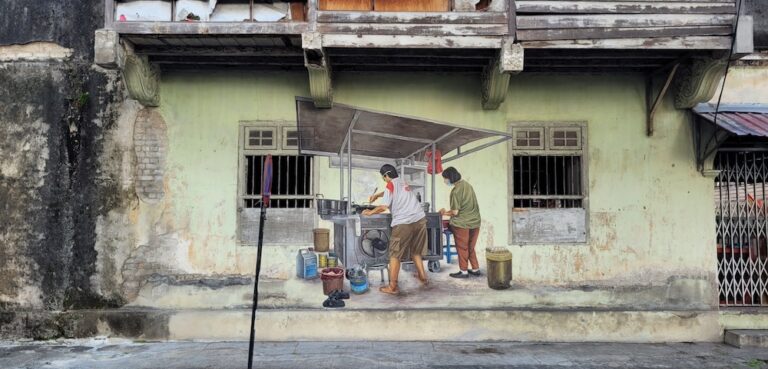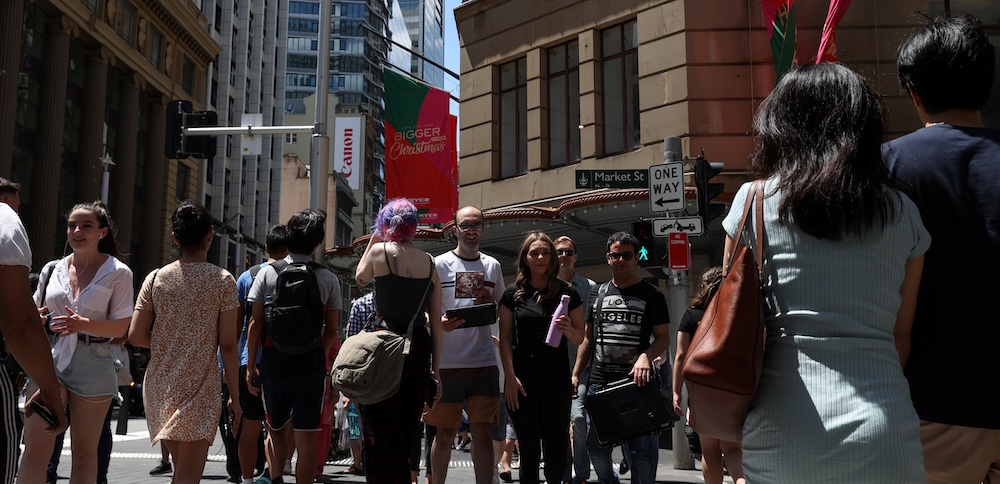
When The Safety Net Snaps: How NSW’s Social Housing Is Failing People Who Need A Safe Home

Therese* was in her 70s and had lived in her one-bedroom social housing home for 20 years when she was served an eviction notice.
Therese has physical disabilities and lives with a mental health condition. This means she sometimes struggles to keep her house organised and tidy, noticeable to her social housing landlord. But instead of getting her the support she needed to live in a tidy and safe home, the landlord tried to kick her out.
There are many others like Therese, living with their social housing tenancy on a knife-edge. A report from the NSW Audit Office recently called out the NSW Government for not having a clear strategy to support people living in social housing to maintain their tenancies. And when the social housing safety net fails them, where do they go?
Often, the reason a tenancy fails is because a person is provided housing, but not the support they need to keep their home.
In a system that works, someone who is struggling would be quickly connected with the support services they need, which might be financial advice, legal advice or mental health support. While this does happen for some tenants, far too often it comes too late – and their eviction is already underway.
This leads people into a cycle of unstable housing. After all, what housing options are left to someone after they have been kicked out of the so-called ‘housing of last-resort’?
These are people who can’t afford a private rental. Maybe they can couch-surf with friends or family for a while, but then they start to worry about overstaying their welcome and are back to square one. Homelessness services are overwhelmed and turning away almost half of the people asking for support.
Even if someone does manage to get back onto the social housing waitlist, they are up against more than 65,000 people who are also in need of a safe and secure home. This means months of waiting if you meet the ‘priority’ list criteria – and over a decade of waiting if you don’t.
We need to improve how social housing providers support tenants. If we don’t, we can’t tackle homelessness or address its causes in a sustainable way.
The Audit Office identified that the significant workloads of housing staff mean they miss out on opportunities to identify when tenants are struggling.
And the workload is staggering. Nearly 40% of government workers managing social housing tenancies are monitoring more than 350 households each, according to 2024 stats. And 31% managed 251 to 350 households. How could they know and
understand the personal circumstances of all of those people? How could they check up on them and make sure they’re going okay? It’s just not feasible. As the Audit Office report reads, staff themselves are saying that their portfolios are too large.
By the time workers have identified issues, it’s often too late, as the services people need can have long wait times.
Being evicted from social housing has a huge personal cost, with serious and lasting impacts on health and wellbeing.
There are also significant costs for government. The Audit Office revealed the government spends at least $23,000, and up to $142,800, a year on someone experiencing homelessness. This is compared to $3,300 a year for someone who has adequate housing. It makes economic sense to keep a person housed.
The good news is that Homes NSW, the agency managing NSW’s social housing, has accepted the five recommendations of the Audit Office’s report. This includes a commitment to connect people to the right support at the right time to get and keep a home.
Therese was able to fight her eviction and stay in her home. With legal help in the tenancy Tribunal, she reached an agreement with the social housing provider to avoid eviction. The landlord agreed to arrange occupational therapy and an upgrade to the kitchen so Therese could better manage at home. But she’s one of the lucky ones.
Because if we’re serious about ending homelessness, building more homes is just one part of the challenge. We also need to build the supports and strengthen the threads that make up the safety net, keeping people safe in their homes and communities.
* Therese is a pseudonym to protect anonymity.









